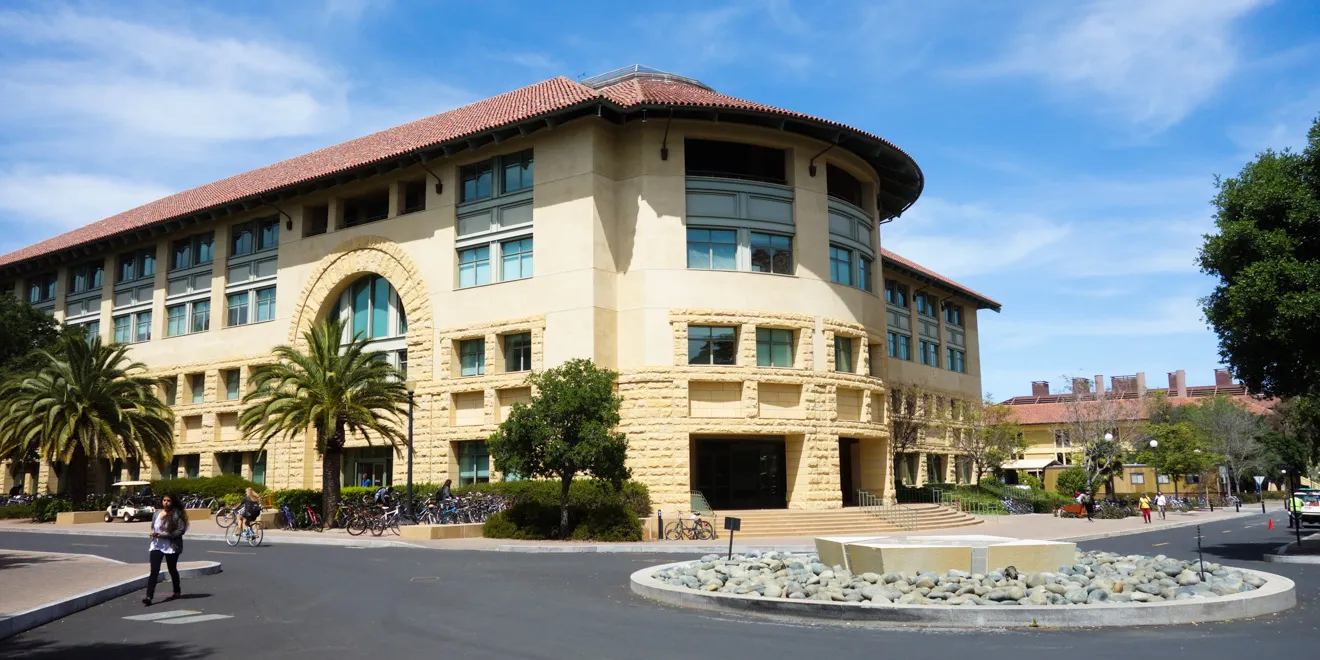Today, it may be hard to imagine Stanford without the strong influence of computer science (CS), which has been the most popular major on campus for nearly four years. But 10 years ago, the department was not attracting enrollment numbers nearly this large.
According to computer science professor Eric Roberts, the department has seen rapid growth in the last six years. In fact, the number of CS degrees conferred in 2013-14 was almost twice as many as the number conferred the previous year and more than triple the number of degrees conferred in the 2008-09 school year.
Roberts’ office is an archive of artifacts accumulated during his 26 years of work at Stanford — from books to countless stacks of papers to towers of board games. Roberts has been at Stanford long enough to witness some of the most important moments in the field of computer science.
He teaches a variety of courses for the CS department, including the introductory CS 106 series. He estimated that by the end of the summer, 1,715 students will have taken CS 106A: Programming Methodology this year.
“Explosive growth in the engineering school population is probably in the last six years,” Roberts said. “For the preceding 20, it had been constant at something like 18-19 percent, and now it’s over 40, most of which is due to computer science, and that’s a revolutionary change.”
This change has reshaped Stanford’s campus — both literally, with the completion of the Science and Engineering Quad in 2014, and figuratively, with the change in academic climate. Computer science has never been more in demand, but rapid growth of the department is causing not only excitement for professors like Roberts but considerable worry as well.
The history of CS at Stanford
Computer science was introduced as a department at Stanford in 1965 as part of the School of Humanities and Sciences, originally offering only Ph.D.s and Masters degrees.
CS 106 was first offered in 1969. At the time, what we now know as Silicon Valley had been developing for over 20 years and was already deeply connected with Stanford, although the term “Silicon Valley” was not put into print until 1971.
There was also growth in the field during the early 1980s, to the point that many universities couldn’t keep up with enrollment and had to start capping admission to their programs.
At Stanford, the department was moved into the School of Engineering in 1985, and CS was opened as an undergraduate major in 1986.
Computer science as a field continued to expand during the ’90s, especially towards the end of the decade as the Internet became more prominent and stocks in online companies grew. This period of the late ’90s became known as the “dotcom bubble.”
“It was a seeming wonderland where anyone with an idea could start a company,” read a recent Time Magazine article about that era.
In March 2000, the dotcom bubble burst. Stock in tech companies came spiraling downward, and as a result, so did enrollment in CS over the next few years. Although this effect was seen less at Stanford than at other institutions, the number of new majors in CS at Stanford still hit its lowest point in over a decade during the 2005-06 school year, according to Roberts.
Then, in 2007, another bubble burst. The financial sector collapse of 2007 led many back to computer science.
“People were looking for university educations that would keep them secure in the face of the next bubble, and finance and economics were certainly not those,” Roberts said. “I think there was a general worry about the economy that led parents, students and peers all to recommend that people major in something that was marketable. Computer science, I believe, was the right choice in that way.”
Stanford CS today
Since 2007, the number of majors has skyrocketed again. Last year, even more students graduated with degrees in CS than did so at the height of the dotcom bubble.
“It’s nice to see that students really like our classes, and they’re taking 106A in enormous numbers,” Roberts said. “So many people are deciding from that experience to major or minor in CS. All those things are good news.”
A significant factor in the growing number of majors is the high quality of the introductory program, according to Roberts.
“The CS 106 courses are extremely highly rated; they’re very well taught,” Roberts said. “As a result, people who come to Stanford thinking they’re going to do something else often end up majoring in computer science.”
Alex Aiken, the current chair of the Computer Science Department, explained that students also just find the introductory classes fun and engaging.
“People get excited about the material, and they get excited that there’s an intellectual depth there they didn’t expect,” Aiken said. “That’s a big factor [in enrollment].”
In addition to the quality of the introductory program, Aiken and Roberts feel that the overall academic quality of the department continues to be very high.
“[Stanford] has had the top-rated Computer Science Department in the world … ever since there was computer science anywhere,” Roberts said.
“Intellectually, I think the department is on a roll,” he added. “We’re doing great research. There’s a lot of energy here.”
This is the first article in a two-part series, A Look at Stanford Computer Science. Read part II here.
Contact Emma Neiman at eneiman ‘at’ stanford.edu.
